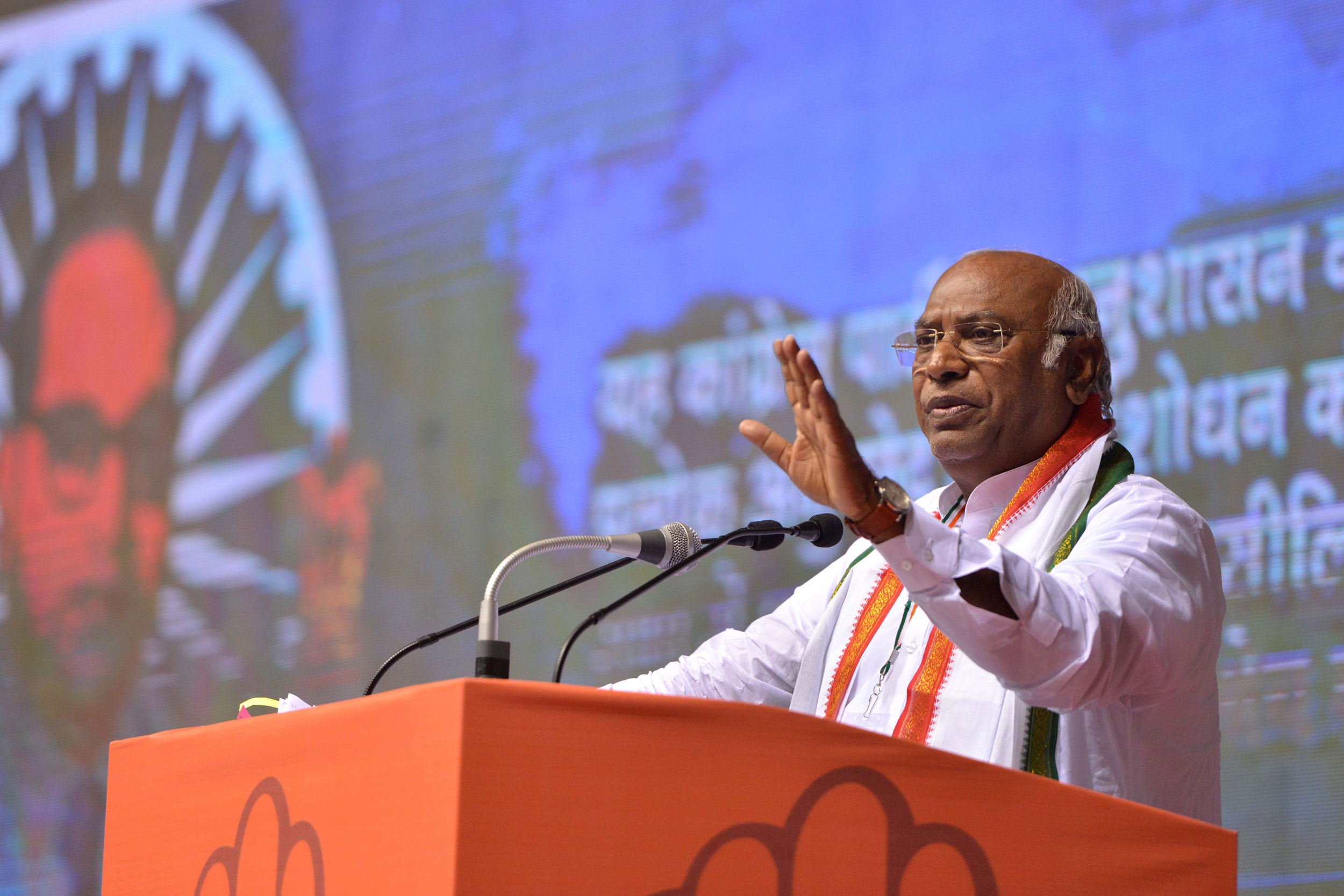The Supreme Court’s interim ruling on the sidelining of the director of the Central Bureau of Investigation seems to fit a pattern of decision-making. When the apex court is confronted by a clear-cut legal question (in this case, the right of the government to sideline the director of the CBI), instead of ruling on that question, it sometimes chooses to defer its judgment and directs its energies towards regulating the process set in motion by the act challenged in court. Effectively, then, the consequences of the impugned act continue to play out, the difference being that they do so under the supervision of the court. The court’s interim acquiescence creates a temporary fait accompli, since the legality of the challenged action isn’t immediately addressed.
To the newspaper-reading citizen, it seems as if the main issue raised by the CBI chief’s case is whether the Government of India can remove him inside two years without the acquiescence of the committee that appointed him. This committee consists of the prime minister, the Chief Justice of India and the leader of the Opposition or the largest Opposition party in the Lower House. The director of the CBI, Alok Verma, contends that under the Delhi Special Police Establishment Act, he cannot be transferred without the consent of this high-powered committee. One view of this act is that while the Central Vigilance Commission might be empowered to remove a special director (i.e. someone of the rank of Rakesh Asthana, Verma’s principal antagonist in this drama), it has no power to extend or shorten the CBI chief’s tenure. The government, in defence of its actions, has argued that the CVC’s jurisdiction does extend to the CBI chief’s conduct and that it is, therefore, empowered to sideline him for the duration of the investigation. It has also been suggested that the government might claim that delivering Verma into bureaucratic limbo does not amount to a ‘transfer’ and so it has acted within the letter of the law.
Interpreting laws like the DSPEA and ruling on its implications are the reason the Supreme Court exists. But the bulk of its interim ruling is concerned with second order issues like the duration of the CVC’s investigation of Verma and its supervision by a retired judge of the Supreme Court. It isn’t clear to the uninitiated observer why a bench of the Supreme Court should be concerned with the length of a CVC inquiry or its modalities without settling the prior question which is whether the government can invoke the CVC to justify its sidelining of Verma in the first place. The Supreme Court is being asked to rule on the remit of the government and the CVC in this matter: how does specifying the duration of the CVC investigation and having it monitored by a retired judge address this fundamental question?
If the court had ruled in favour of Verma, the duration of the CVC investigation would have been irrelevant to his removal because the findings of that investigation would have had to be referred to the appointing committee for any action to be taken. If it had ruled against Verma, we would know that the government was within its rights to sideline him and the duration of the investigation should have been properly left to the discretion of the CVC since the apex court would then have acknowledged the scope of its remit.
The other choice open to the court was to stay the government’s order marginalizing Verma if it thought he had a prima facie case, while it examined the legality of the government’s action.
Perhaps the Supreme Court has bought itself valuable time with its interim order which it will use to rule definitively on the procedures the DSPEA has laid down for the transfer or removal of the CBI director. We must hope that this is the case but there is some cause for worry because a case in the recent past suggests that the apex court can leave plaintiffs in limbo for unconscionable lengths of time by deferring judgment on the point of law in question.
I’m referring to the Hadiya case where a woman who had converted to Islam and married a Muslim had her marriage annulled by the Kerala High Court on the basis of a National Investigation Agency report alleging indoctrination and ‘psychological kidnapping’. When her husband challenged this judgment in the Supreme Court, instead of ruling on the legality of the high court’s annulment of a marriage of a consenting adult who consistently maintained that she had been married of her own free will, it effectively made her a ward of the court for 10 months during which time she had to ask for permission to meet her husband. In the interim —which was a kind of purgatory for Hadiya — the court allowed the NIA to continue with its investigation (which had no bearing on Hadiya’s right to convert or get married) under the supervision of a retired judge. When the judge refused this responsibility, the apex court allowed the investigation to proceed without him. The NIA’s hectoring investigation treated Hadiya not as a citizen but as a child possessed by Islamism who needed to be exorcised.
It took 10 long months for the Supreme Court to bring Hadiya’s humiliating limbo to an end by striking down the Kerala High Court’s judgment. It is hard to understand why it didn’t address itself to that judgment in the first place, instead of fine-tuning the modalities of an NIA investigation that unfolded like a medieval inquisition.
The apex court has been exemplary when it has ruled on the constitutional sanction for legalizing same-sex relationships, when it used the argument from equality to rule on the matter of temple entry for women, and when it laid out the constitutional basis of the right to privacy. We don’t have to agree with these decisions, but at least we know that great constitutional principles were being weighed and pronounced upon. This is the Supreme Court’s reason for being: not to rule on advertising hoardings in Delhi or to regulate the use of firecrackers in the capital, but to settle large legal issues that affect the institutions and citizens of all of India.
The Supreme Court wasn’t originally designed to regulate the Board of Control for Cricket in India through a Committee of Administrators or to monitor the work of the NIA or the CVC via retired judges. It was made to adjudicate great matters of law when lower courts erred or when weighty legal and constitutional questions had to be settled. All great institutions evolve and it would be unreasonable to expect the Supreme Court to stand still. But when ancillary functions begin to encroach upon its principal task, when monitoring and supervision become as important as the swift delivery of critical judgments, it is reasonable for lay citizens to be concerned.












